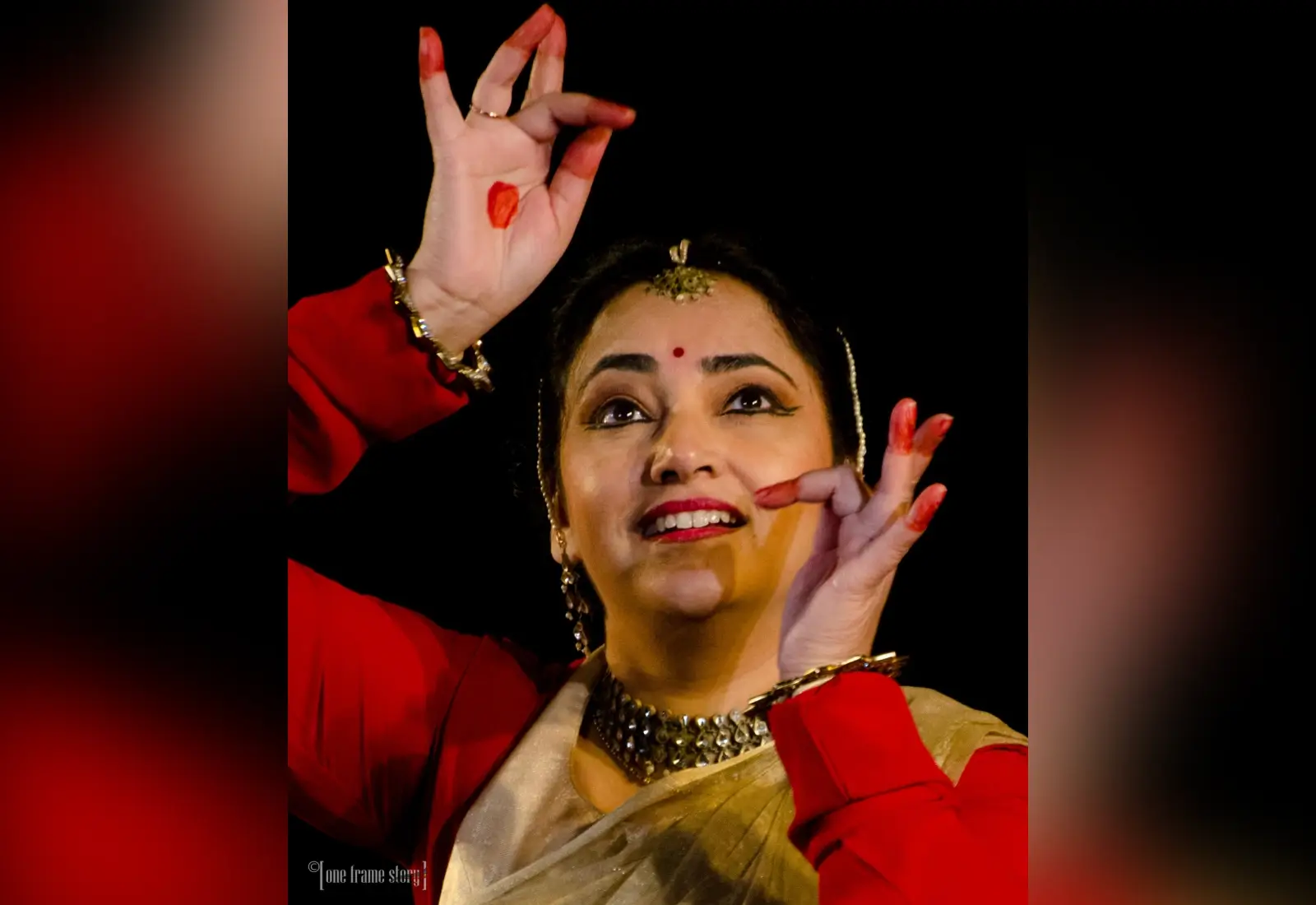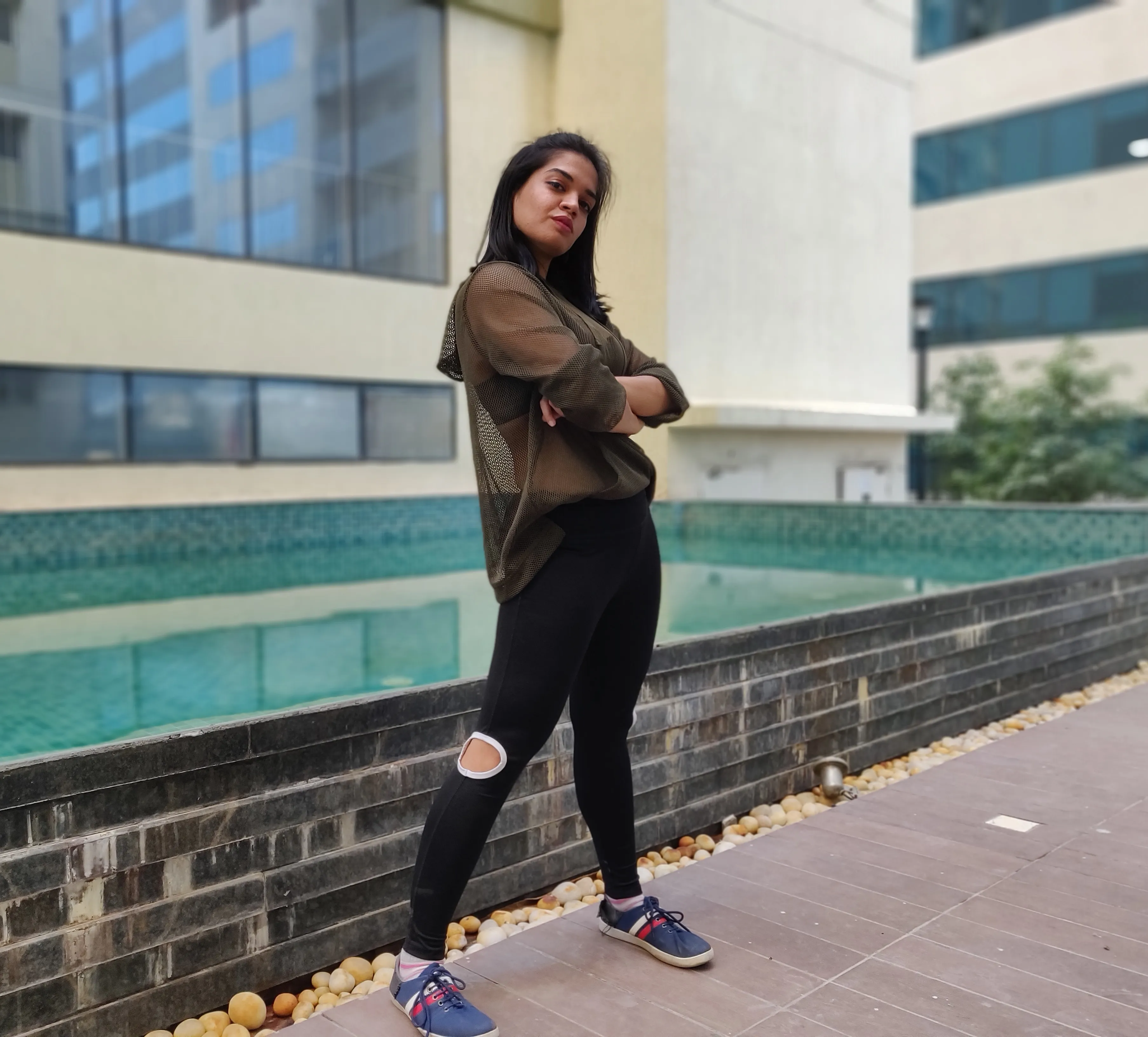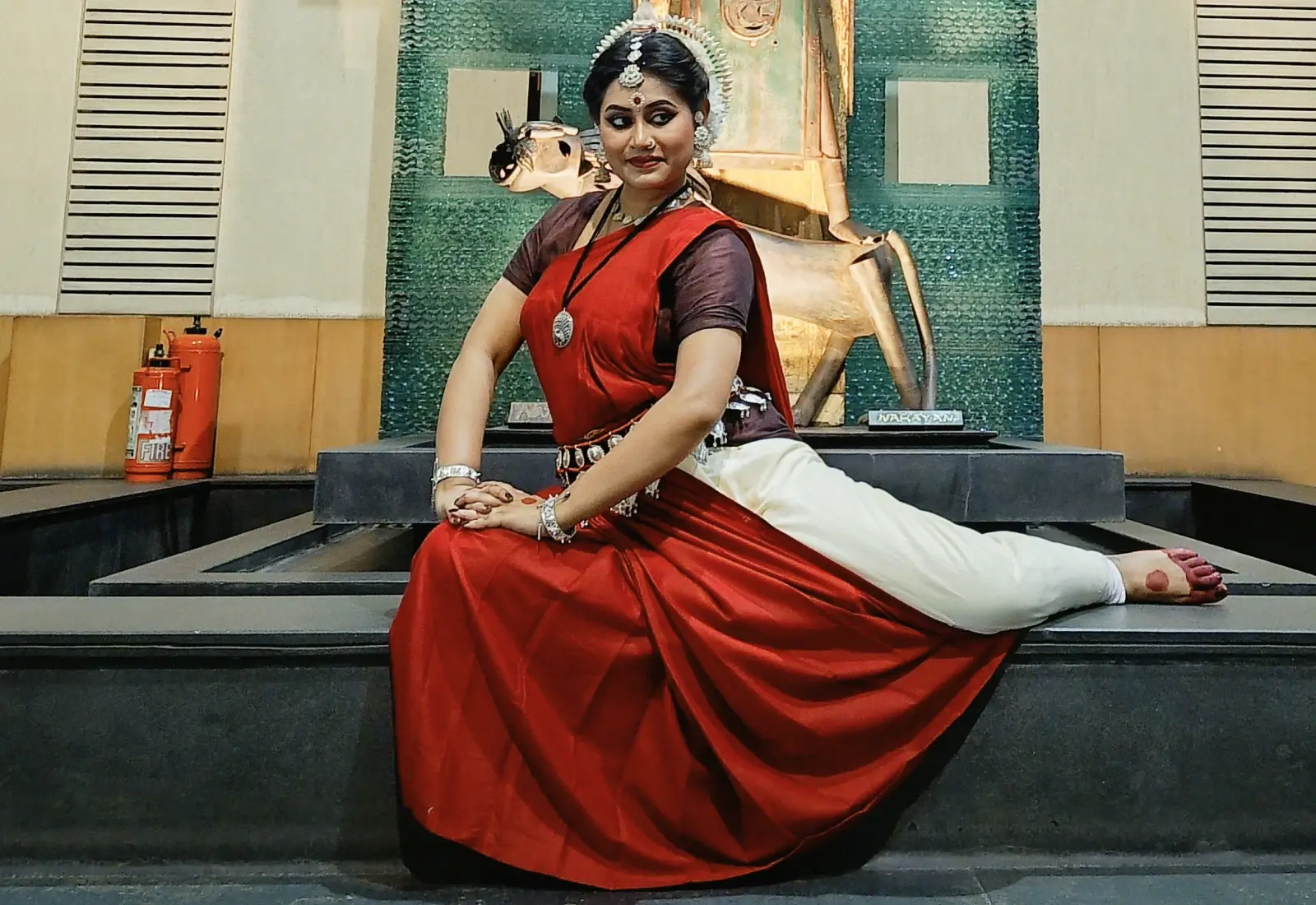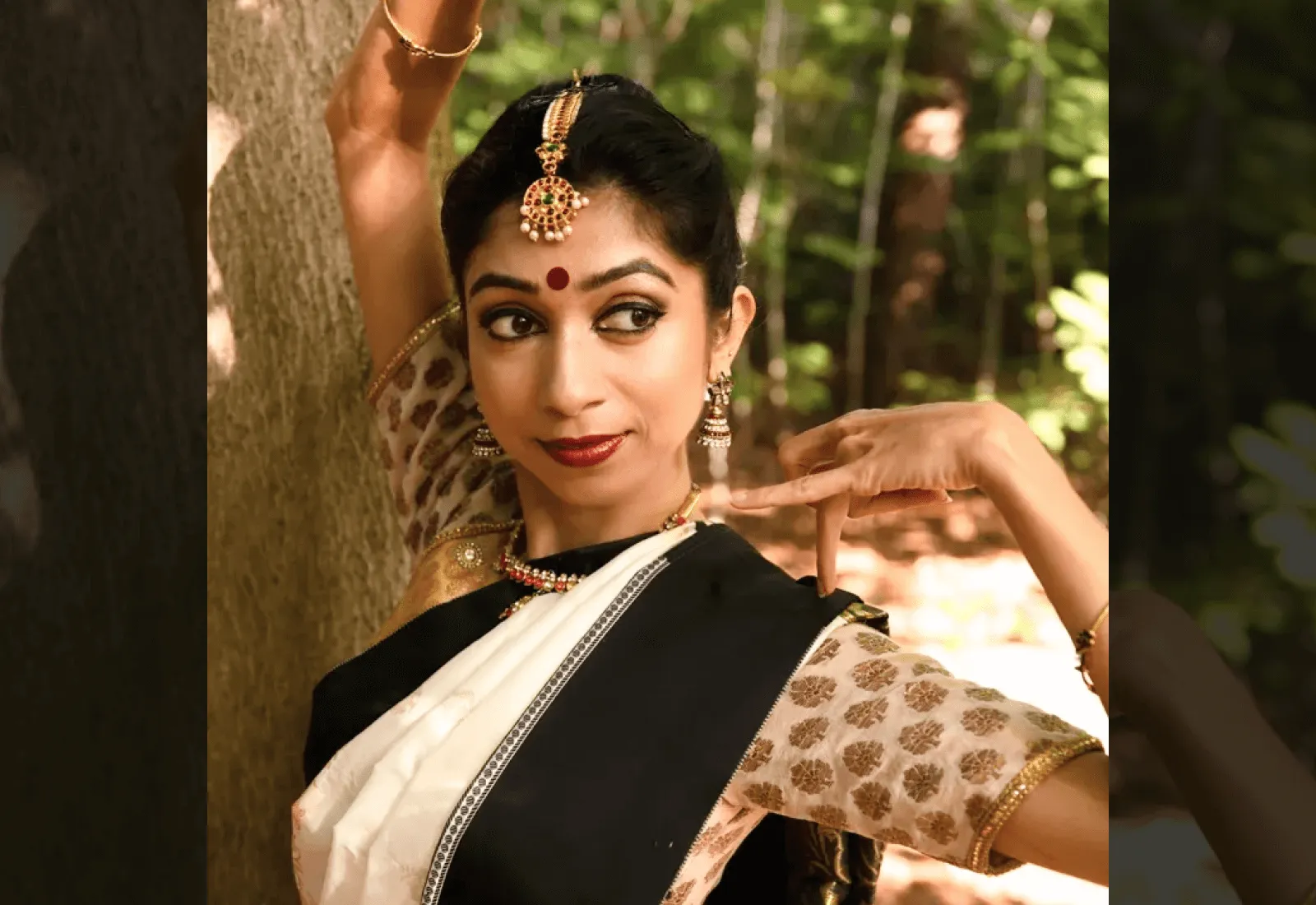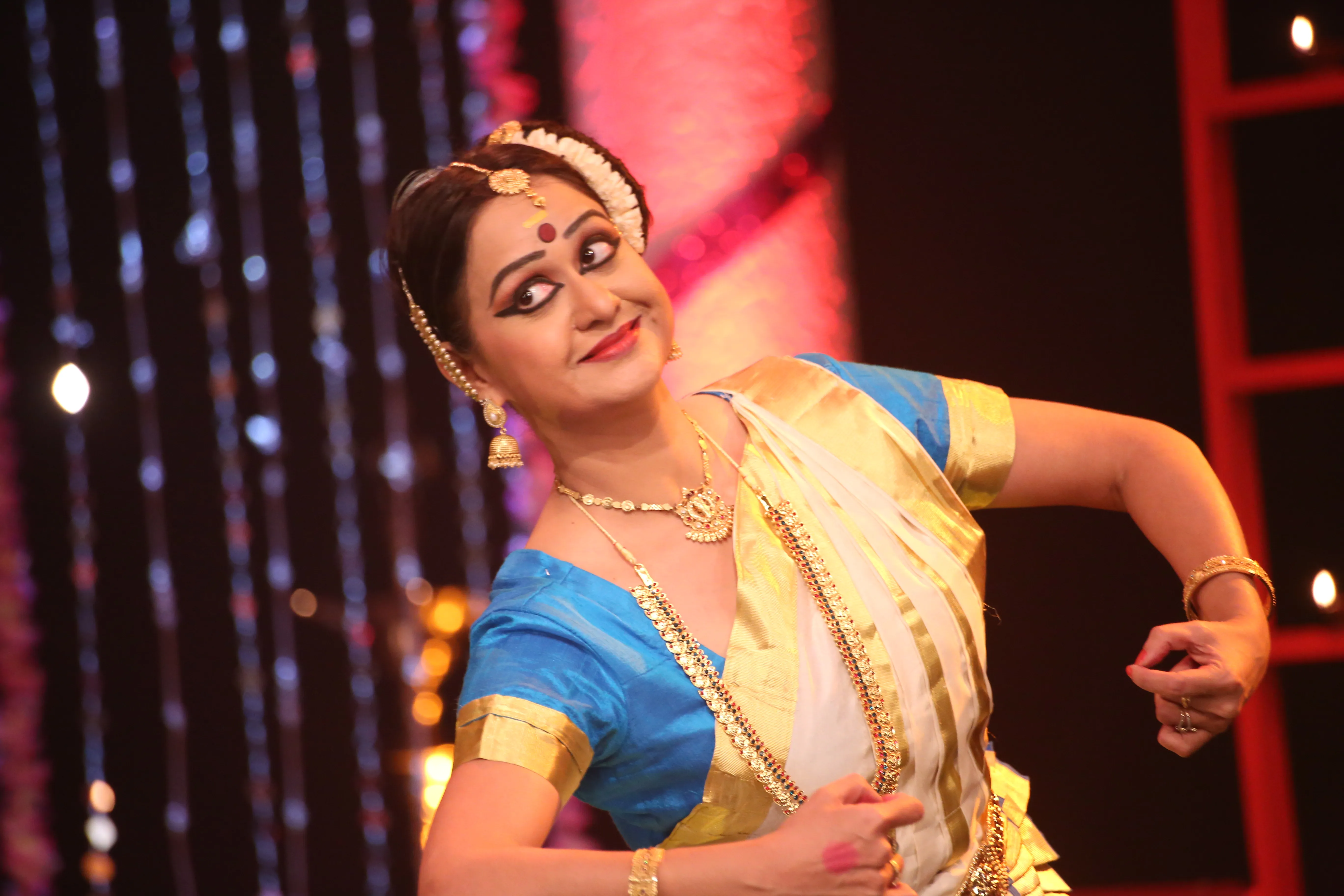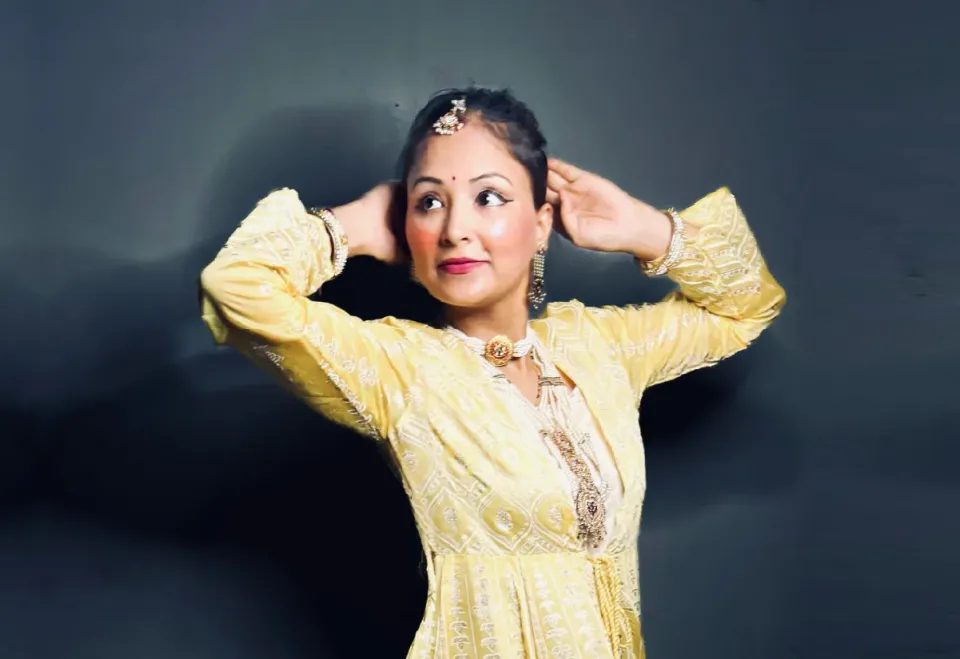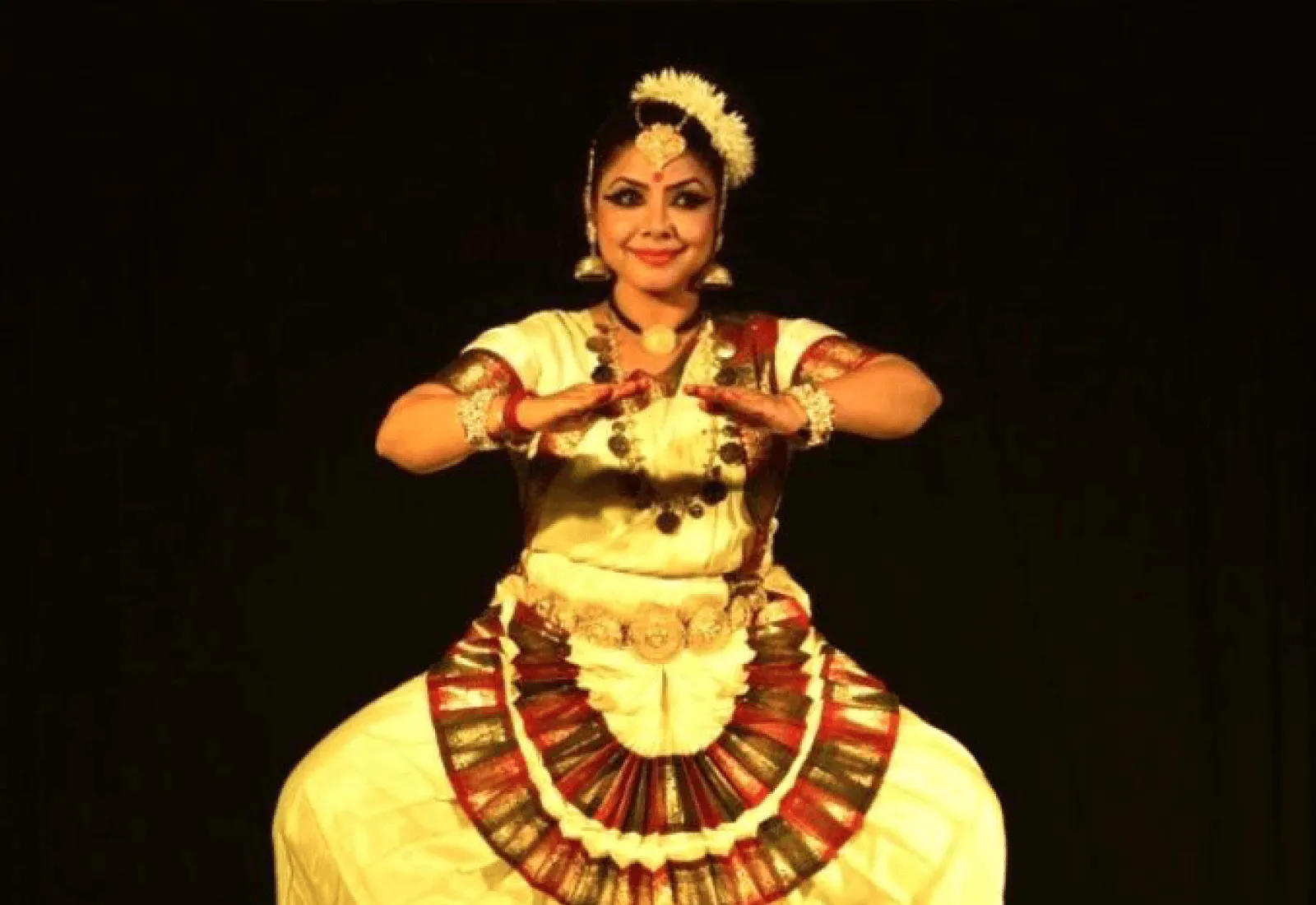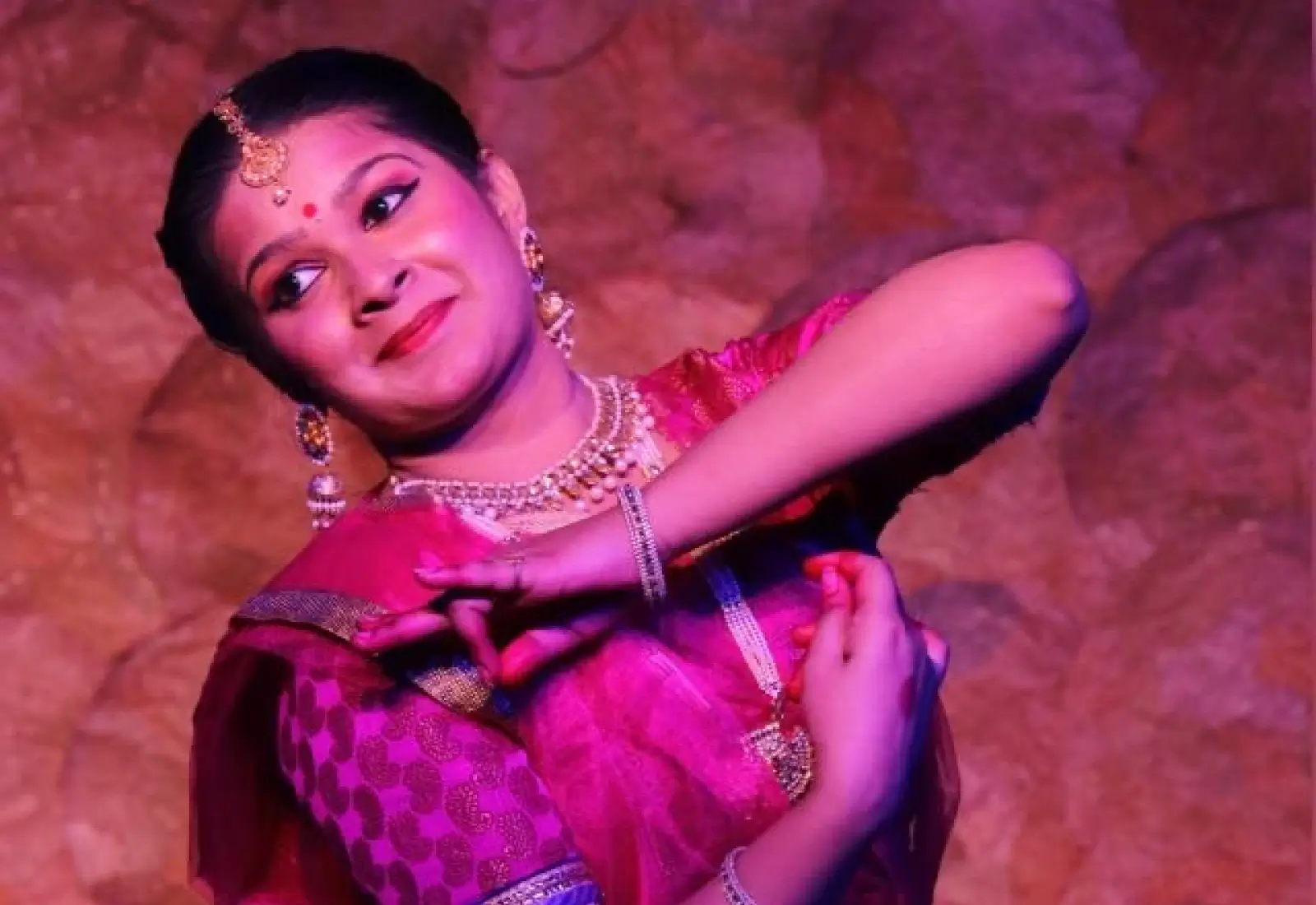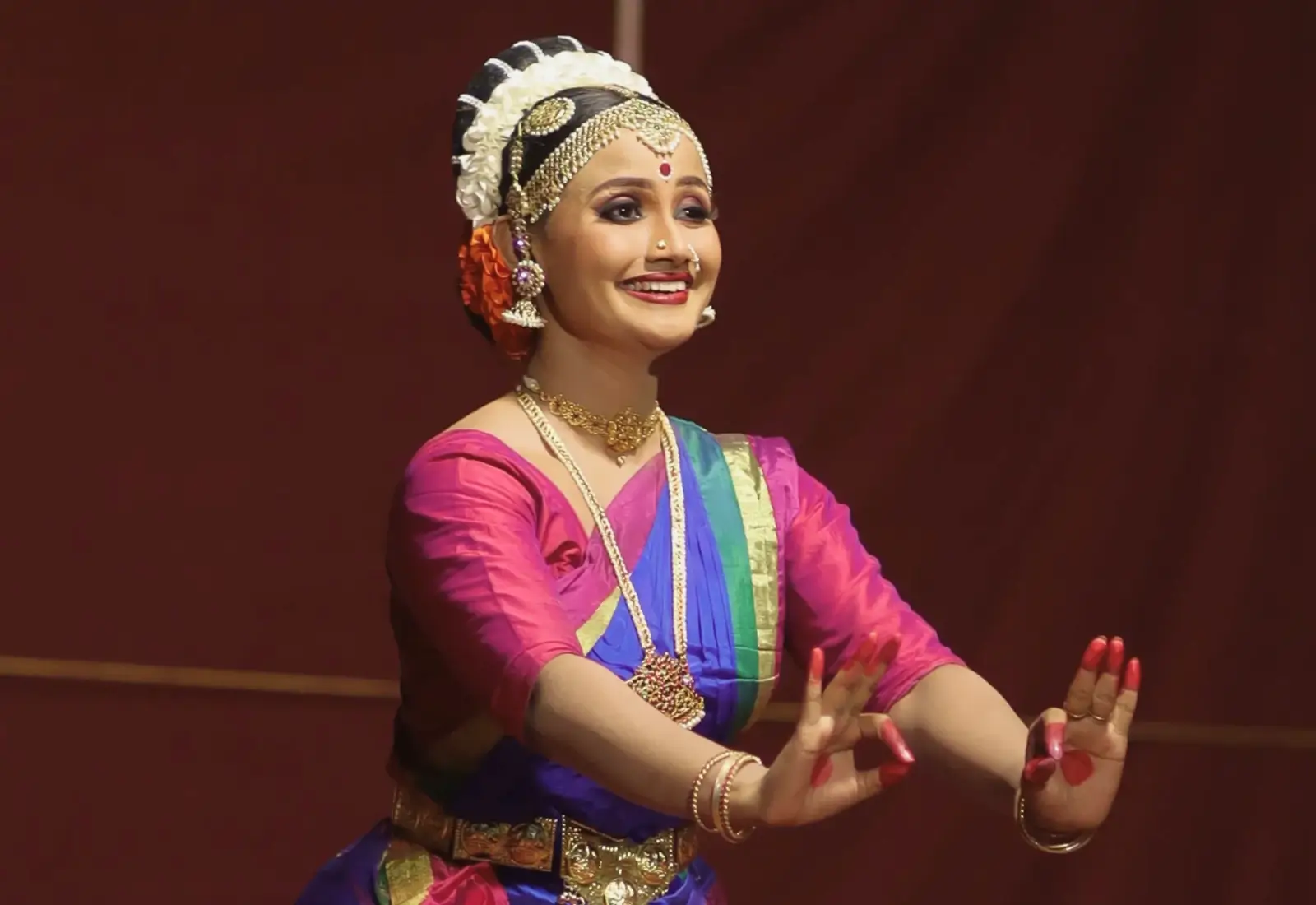List of Indian Folk Dances
India’s rich cultural diversity is beautifully expressed through its vibrant folk dance forms. From Bhangra in the north to Lavani in the west, each region has unique Indian folk dances that reflect its traditions and way of life. This list highlights the most iconic and colorful folk dances of India, celebrating the heritage of every state.
Here are 10 Folk Dance Forms of India
1. Bhangra
2. Giddha
3. Jhumur
4. Garba
5. Bihu
6. Lavani
7. Ghoomar
8. Yakshagana
9. Pung Cholom Dance
10. Theyyam
1. Bhangra
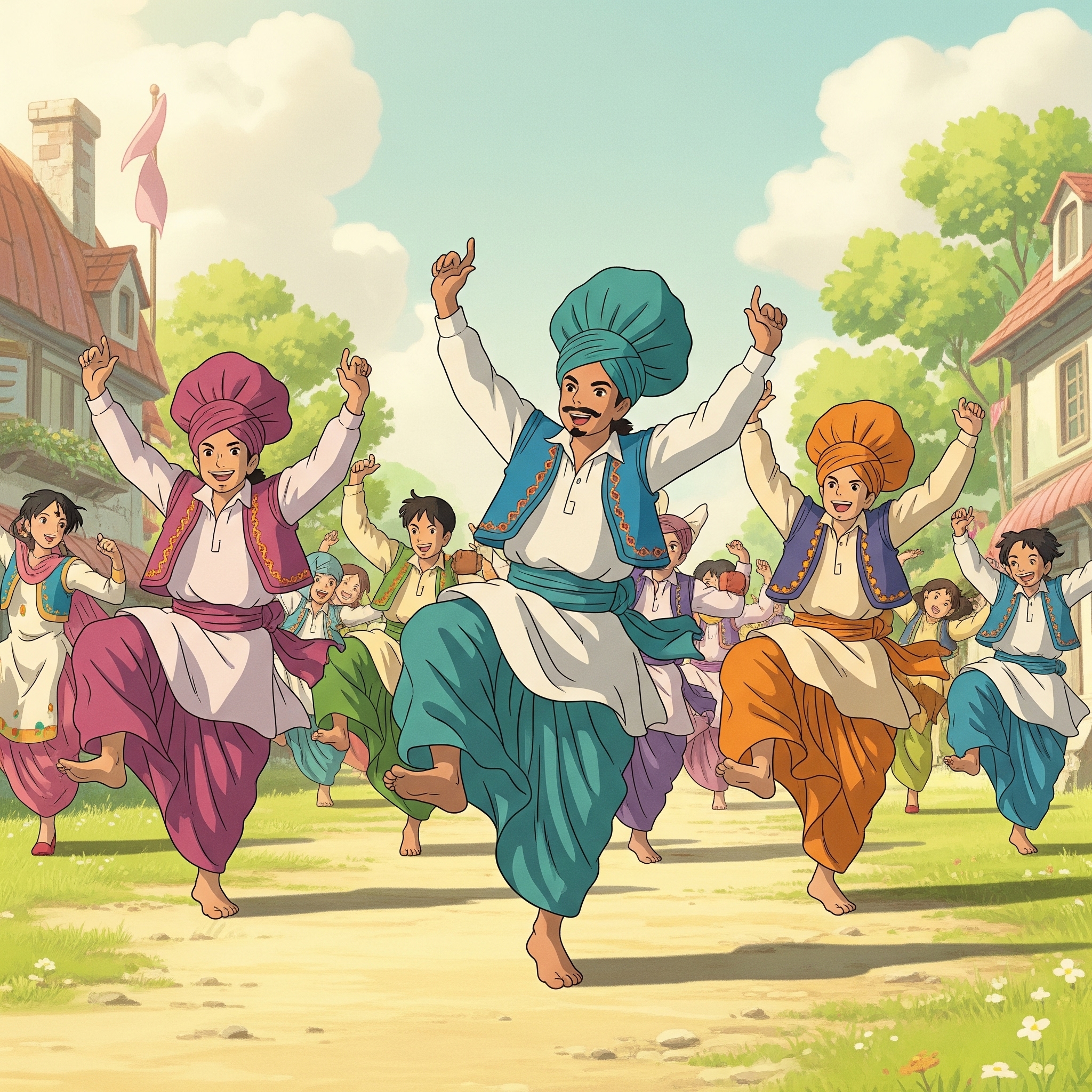 Rooted in the celebration of the harvest season, Bhangra emerged as a form of communal expression, originally performed by farmers to rejoice in the success of a good harvest. The dance's name is derived from the Punjabi word "bhang," which refers to the traditional drink made from cannabis, often consumed during festive occasions.
Rooted in the celebration of the harvest season, Bhangra emerged as a form of communal expression, originally performed by farmers to rejoice in the success of a good harvest. The dance's name is derived from the Punjabi word "bhang," which refers to the traditional drink made from cannabis, often consumed during festive occasions.
Bhangra's evolution can be linked to the cultural amalgamation of various influences, including the folk traditions of Punjab, martial arts movements, and the celebratory spirit of the community. Over time, Bhangra incorporated diverse elements, such as energetic footwork, rhythmic clapping, and the lively beats of the dhol, a traditional drum. As Punjab's diaspora spread globally, Bhangra gained international recognition, blending with modern music genres and dance styles.
In the late 20th century, Bhangra underwent a significant transformation, fusing with Western music, particularly through the British-Asian music scene. This evolution led to the creation of a genre known as "Bhangra pop," featuring a fusion of traditional Bhangra elements with contemporary sounds, electronic beats, and global influences.
Today, Bhangra has transcended its agricultural roots to become a symbol of Punjabi identity and is embraced worldwide as a dynamic and celebratory dance form. It continues to evolve, adapting to modern sensibilities while retaining its cultural essence, making it a dynamic and evolving expression of Punjabi heritage.
2. Giddha
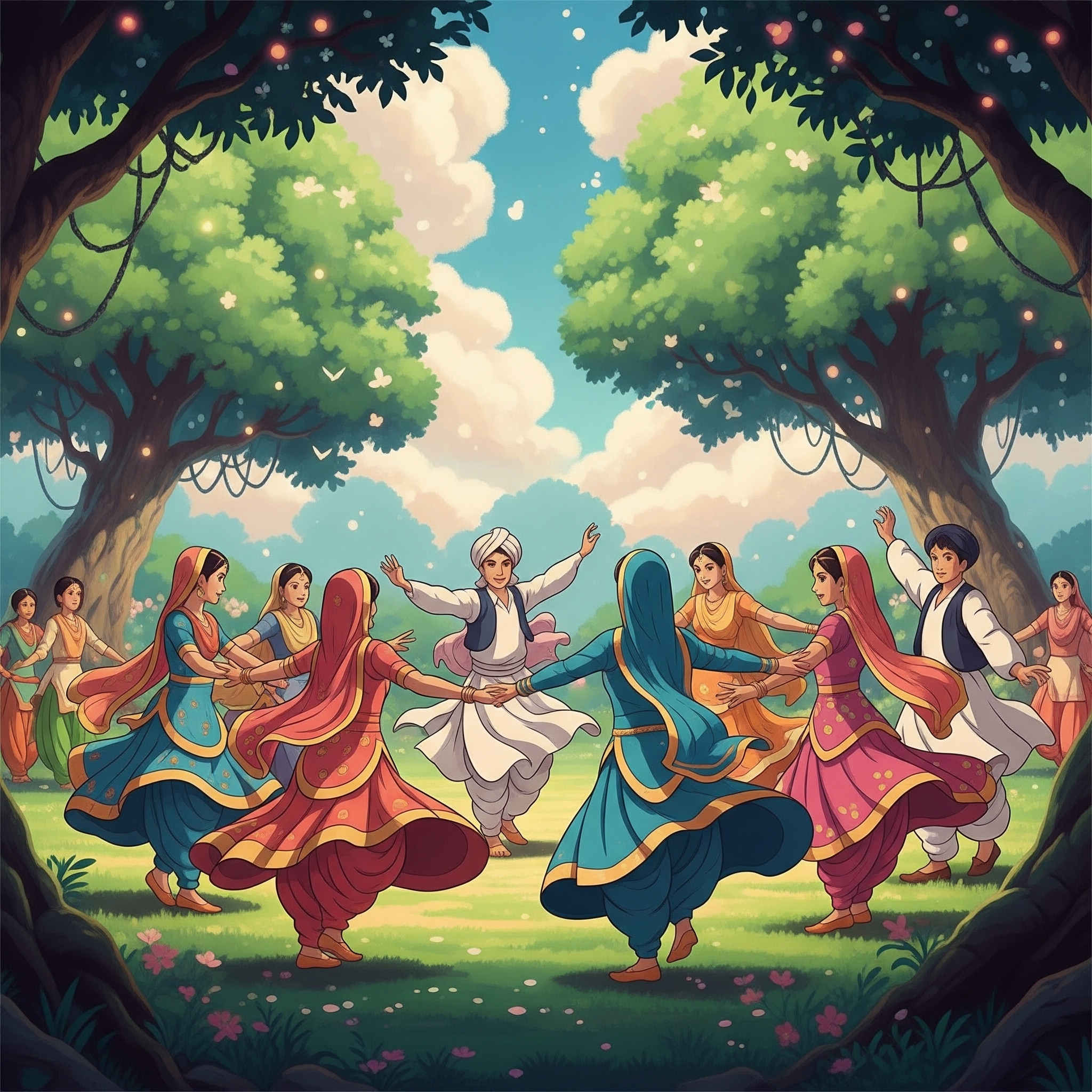 While we talk about Bhangra which is predominantly a masculine dance form, how can we not talk about Giddha?
While we talk about Bhangra which is predominantly a masculine dance form, how can we not talk about Giddha?
Giddha, the female counterpart to Bhangra, also originated from Punjab's rural traditions. This graceful dance form is traditionally performed by women during various festivities and special occasions. Giddha is marked by its circular formation, rhythmic clapping, and intricate footwork. The dance often accompanies the singing of traditional Punjabi folk songs called "bolis," which narrate tales of love, daily life, and cultural anecdotes. Giddha showcases the vivacity and resilience of Punjabi women, reflecting the spirit of community and joy.
In a rapidly changing world, the dance form serves as a means of preserving and passing on cultural traditions to younger generations, contributing to the continuity of Punjabi heritage.
3. Jhumur
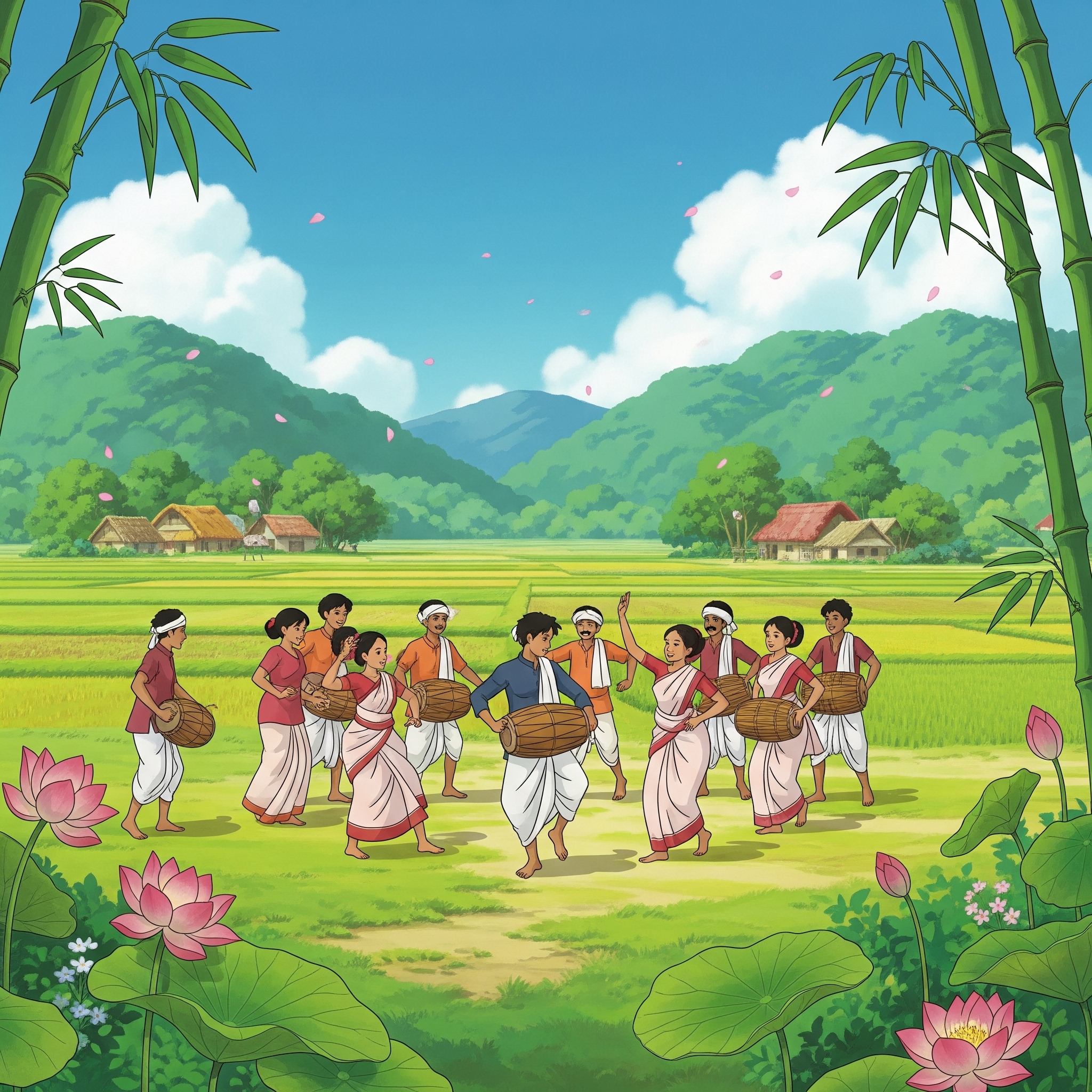 Jhumar, Jhumair, or Jhumur - the harvest dance is shared by Jharkhand, Chhattisgarh, Odisha, Assam, Bihar, and West Bengal. The area adjacent to Chhota Nagpur is the hub for several ethnic groups who celebrate the wake of every harvest season through beautiful songs in their native language that are accompanied by group dances.
Jhumar, Jhumair, or Jhumur - the harvest dance is shared by Jharkhand, Chhattisgarh, Odisha, Assam, Bihar, and West Bengal. The area adjacent to Chhota Nagpur is the hub for several ethnic groups who celebrate the wake of every harvest season through beautiful songs in their native language that are accompanied by group dances.
Jhumur dance helps to foster community bonding and is also, perhaps, the only source of entertainment, and a getaway from a life that is filled with hardships for the people of the red soil (as the folk lyricists have called them in many of their compositions).
Known for its robust rhythm and vibrant melodies, Jhumur exudes a buoyant musical essence. This traditional form of performing art, presented in the vernacular, serves as a powerful medium for expressing a range of emotions, including joy, sorrow, and various other sentiments. By utilizing the familiar language and cultural context, Jhumur establishes a profound connection with the common audience, making it an immersive and relatable experience.
4. Garba
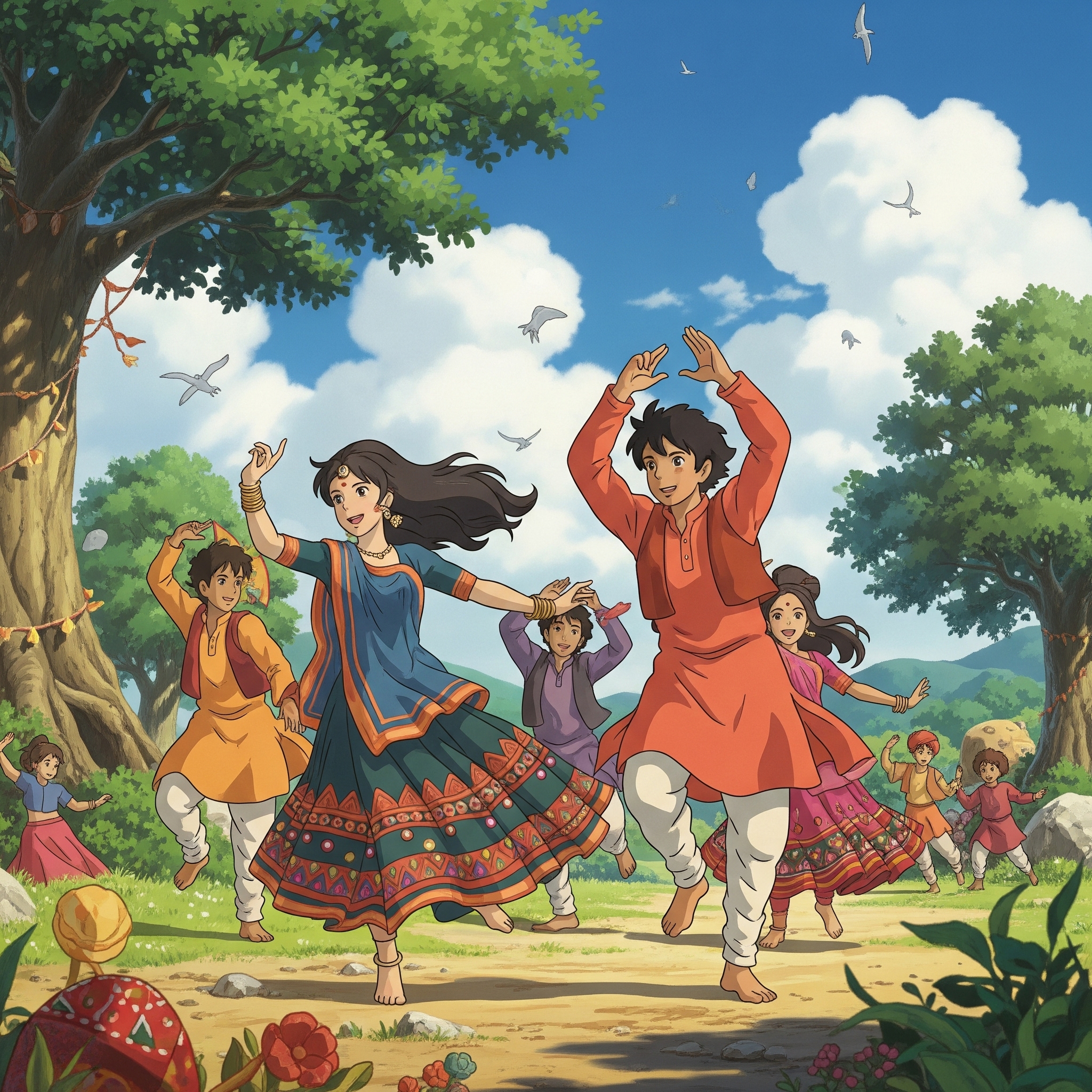 The term ‘Garba’ is derived from the Sanskrit word - ‘Garbha’ - which means womb. Traditionally, this dance is performed by making a circle around a clay lantern/lamp with light inside called Garbha Deep. It signifies the growing life (fetus) within the womb. Alternatively, Garba is also performed around the image of Goddess Durga - the divine mother. This dance is performed during Navratri in honor of the Goddess.
The term ‘Garba’ is derived from the Sanskrit word - ‘Garbha’ - which means womb. Traditionally, this dance is performed by making a circle around a clay lantern/lamp with light inside called Garbha Deep. It signifies the growing life (fetus) within the womb. Alternatively, Garba is also performed around the image of Goddess Durga - the divine mother. This dance is performed during Navratri in honor of the Goddess.
The dancers move in circles, showing how time in Hinduism goes in cycles. This means things repeat, like birth, life, death, and rebirth. In all this constant movement, there is one thing that doesn't change—the Goddess. She stays the same while everything else keeps moving. The dance wants to tell us that God, shown as a woman in this case, is the only thing that doesn't change in our ever-changing world.
Modern Garba, a lively dance, is a fusion of traditional Garba and Dandiya Raas, originally a men's dance. Both men and women wear colorful attire – Chaniya choli for women and 'Kediyu' for men. The dance is popular among the youth and the Gujarati diaspora. It involves concentric circle formations, with synchronized steps starting slow and gaining speed. Garba is a vibrant celebration with lively music and joyful dancing.
5. Bihu
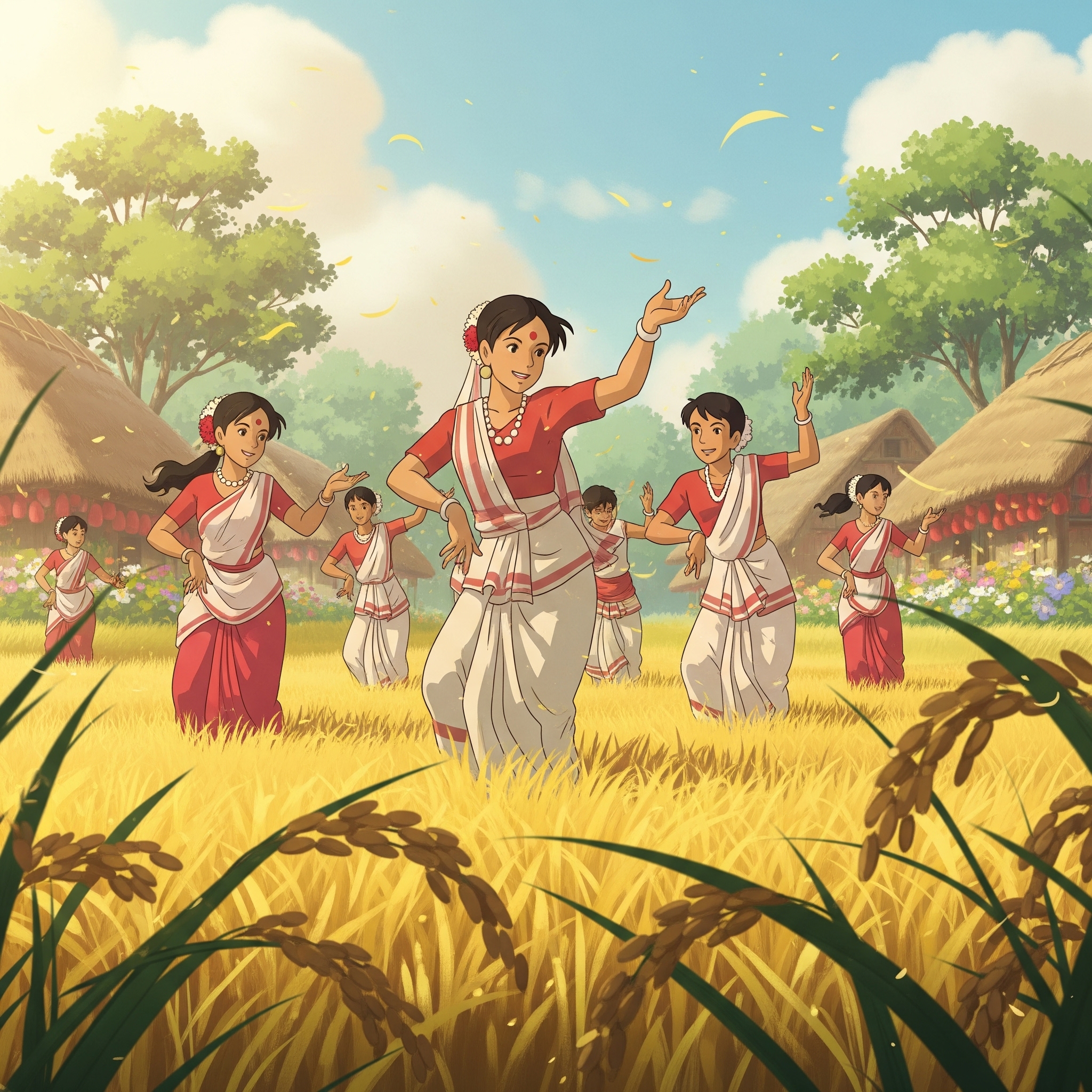
Bihu is yet another folk dance form that commemorates the change of season and new harvests. "Bihu" originally came from the word "Bishu," - which signifies asking for prosperity during harvest. Over time, it changed to Bihu. Another explanation is that it's a combination of "bi" (to ask) and "hu" (to give), reflecting the spirit of asking and giving during the festival.
It's not just a cultural symbol but also a harvest festival celebrated three times in the agricultural calendar. The first Bihu, called Bohag Bihu or Rongali Bihu, lasts for seven days, marking the arrival of spring. Farmers prepare their fields for cultivation, and there's a festive vibe throughout Assam. The second Bihu, Kati Bihu, is more subdued. It's a time to seek blessings from the Gods to protect the crops as they grow for harvest. The last Bihu, Magh Bihu, signals the end of the harvest season. It's a time for feasting and celebration, as granaries are full, and farmers can relax.
Bihu dance costumes are vibrant and culturally significant. Women wear Mekhela Chador with traditional jewelry, and some may include a Mishing stole. Men opt for a dhoti-kurta paired with a Gamusa and sometimes traditional headgear like the Assamese Japi. These colorful and intricate outfits contribute to the authenticity and visual appeal of the Bihu dance.
The dance sequence involves both male and female dancers walking into open fields. While the women take their position and poise themselves in the signature gait of the dance, men take their position carrying musical instruments such as ‘dhol’, flutes, and hornpipes. The dancers start swaying slowly with the music and gradually the tempo of the music rises leading to an ecstatic exuberance of music, rhythm, and a vigorous, yet graceful dance.
Also read - 8 Indian Traditional Dances State Wise
6. Lavani
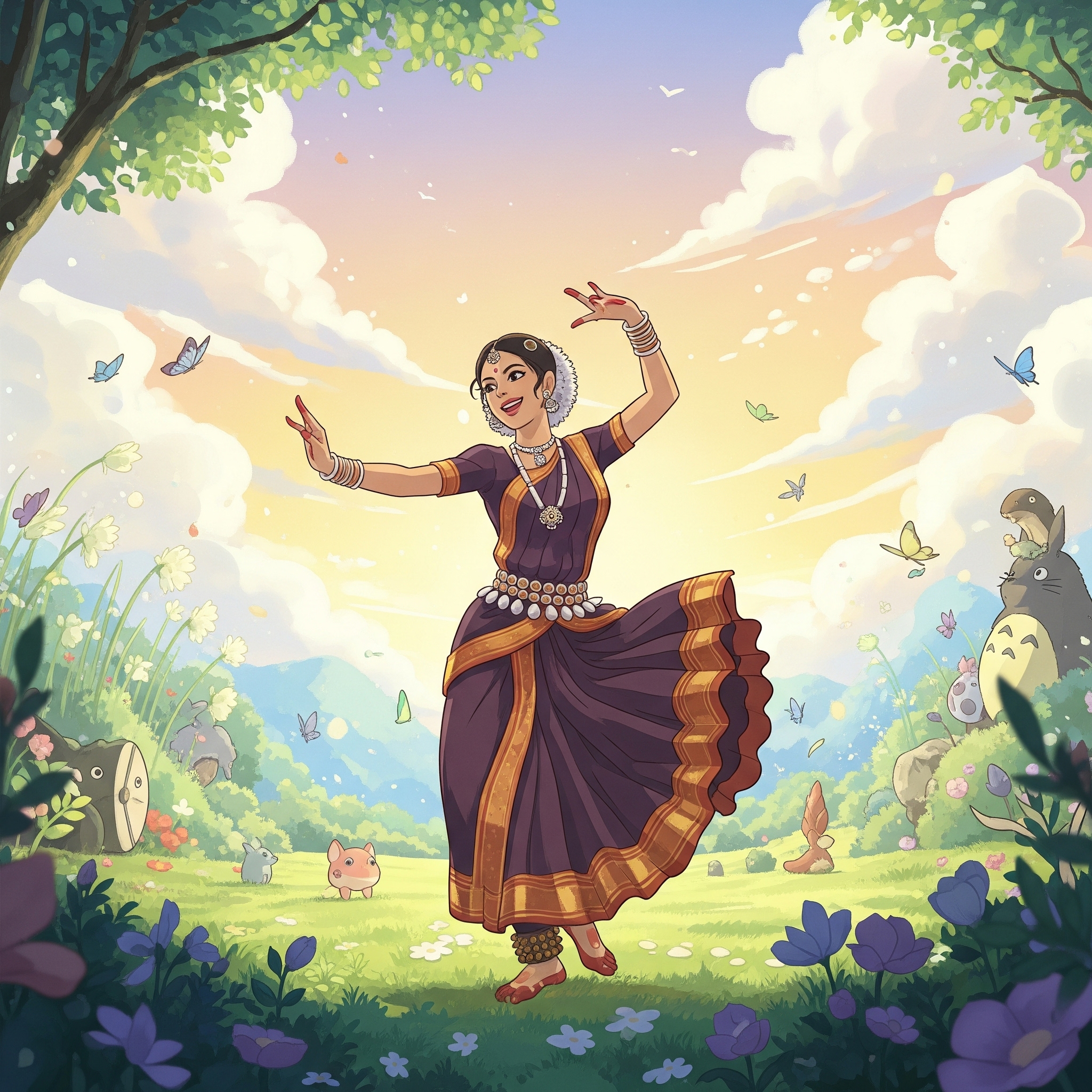
Lavani finds its origins in the folk traditions of Maharashtra, particularly in the rural areas. The word "Lavani" is believed to be derived from the word "Lavanya," meaning beauty. The dance form emerged as a vibrant and expressive art form that celebrated the beauty of Maharashtra's culture, traditions, and everyday life.
The dance form started as a source of motivation for the soldiers and their families during the 18th and 19th centuries. It was a time when the state of Maharashtra was undergoing a lot of socio-political upheaval. Lavani reached its peak of popularity during the Peshwari Dynasty.
Lavani is a lively dance performed by women to the beats of an Indian drum called Dholak. They may also use other instruments like manjeera, tuntuni, daf, and harmonium. The dance is fast-paced, and performers wear ankle bells called Ghungroo, adding to the lively atmosphere.
Lavani is categorized into Nirguni Lavani, which deals with philosophy, and Shringari Lavani, which focuses on sensuality. Shringari Lavani, especially popular in theaters and in Bollywood movies, mostly explores themes like love and other similar concepts. Lavani's performances are energetic, portraying various situations like the separation of a husband and wife or the passionate endeavors of soldiers.
7. Ghoomar
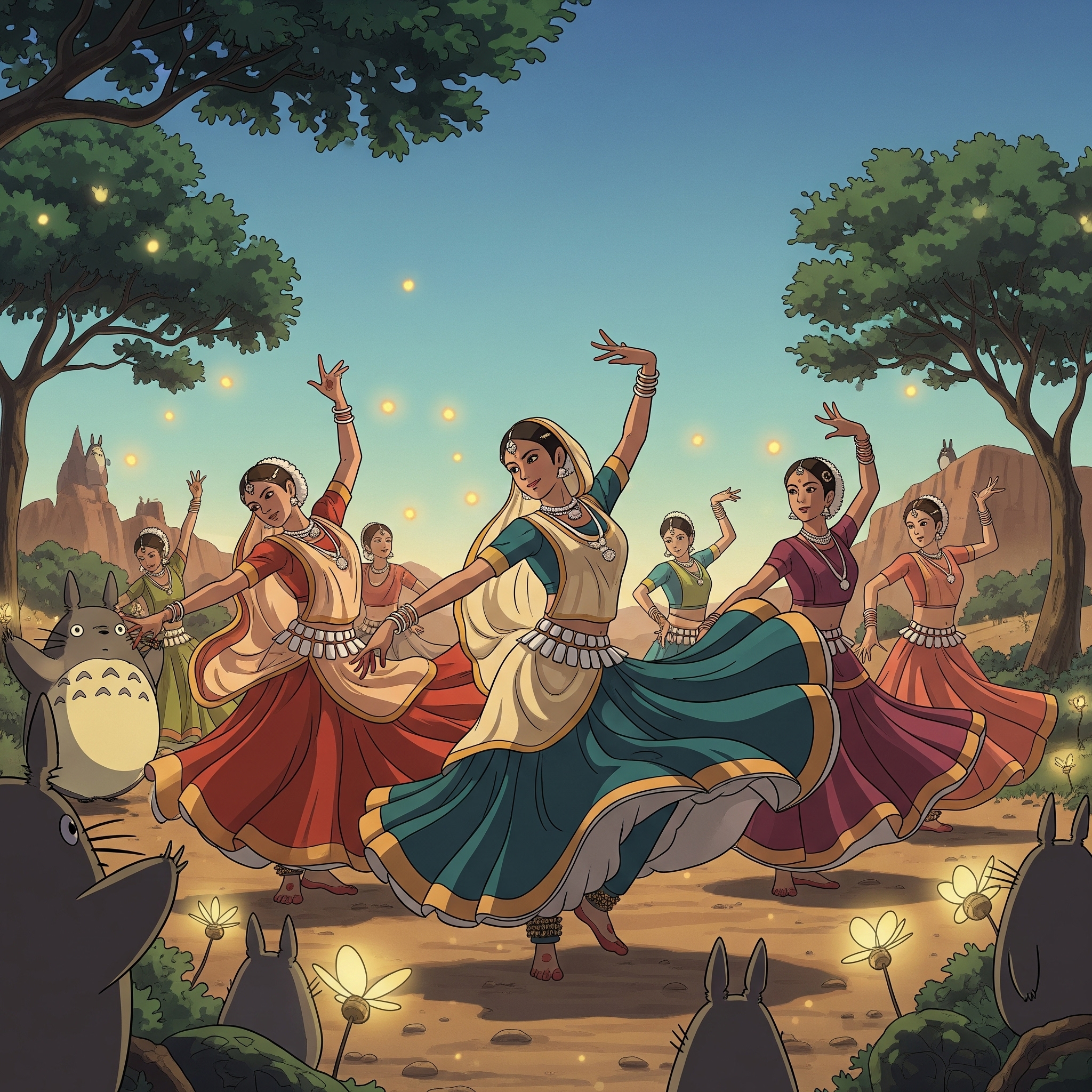 In the recent past, a Bollywood dance sequence - ‘Ghoomar’ from the film Padmavat had gathered a lot of attention from our film-loving nation - that is India. The dance had the women swirling gracefully while being covered from head to toe in highly embellished ghagras. The dupatta completely veiled their heads and faces and hung to the base of their necks. This indigenous folk dance from Rajasthan, perhaps, had garnered so much public attention for the first time.
In the recent past, a Bollywood dance sequence - ‘Ghoomar’ from the film Padmavat had gathered a lot of attention from our film-loving nation - that is India. The dance had the women swirling gracefully while being covered from head to toe in highly embellished ghagras. The dupatta completely veiled their heads and faces and hung to the base of their necks. This indigenous folk dance from Rajasthan, perhaps, had garnered so much public attention for the first time.
Traditionally, the Ghoomar dance is performed by the Bhi tribe as a mark of reverence for Goddess Saraswati. In due course of time, other communities of Rajasthan embraced this art form. It is observed as a post-nuptial ritual where the newlywed bride performs this dance after entering her marital abode.
In this dance, performers gracefully twirl within a wide circle, executing pirouettes. The term "ghoomna" precisely captures the spinning motion of the dancers and forms the foundation of the term "Ghoomar."
8. Yakshagana
Coming from the soils of Karnataka, Yakshagana is a vibrant traditional theater, that reflects the deep cultural history of the state. Precisely, this dance form originates from the village of Gunavante in the Honnavar taluka of North Kannada.
It's like a big show, similar to Broadway or the opera, with a mix of music, dance, dialogue, and fancy costumes. In villages, families have been passing down the art of Yakshagana through the generations.
Yakshagana, rooted in Sanskrit literature, emerged between the 11th and 16th centuries in coastal Karnataka and parts of Kerala. It means "songs of the Demi-Gods." Starting as a temple tradition, it evolved into a full theatre performance, especially after the Vijayanagara Empire. Mainly drawing from Hindu epics like Ramayana and Mahabharata, Yakshagana keeps ancient myths alive with expressive movements, lively footwork, and captivating dance, engaging the audience from start to finish.
Yakshagana costumes are vibrant and varied. Traditionally, there was vivid usage of light wood, mirrors, and colored stones. Nowadays, lighter materials like thermocol are sometimes used. The costumes include headgear (Kirita or Pagade), chest decoration (Kavacha), shoulder ornaments (Buja Keerthi), and belts (Dabu), all made from light wood covered in golden foil. Mirror work adds brightness, and armaments are worn on a vest covering the upper body. The lower half is draped in kachche, with unique red, yellow, and orange checks.
9. Pung Cholom Dance
Pung Cholom, also known as Mrindanga Kirtan or Drum Dance, is a famous dance from Manipur. In this dance, performers dance and play a drum at the same time. The special drum used is called a pung, introduced by Khuyoi Tompok around 154-264 AD.
The performance starts gently and builds up to a powerful climax. Pung Cholom incorporates elements from traditional Manipuri martial arts like thang ta and Sarit Sarak. It is closely tied to Nata Sankirtan, an important ceremonial dance in Manipuri culture, where the pung drum plays a significant role.
10. Theyyam
In Kerala, we bring our great stories to life through art, and one famous way is through Theyyam. This ritual art form originated in North Kerala and combines dance, mime, and music to retell our state's legends. Theyyam honors the beliefs of ancient tribes who revered heroes and ancestral spirits. The dance involves traditional instruments like Chenda, Elathalam, Kurumkuzal, and Veekkuchenda. There are over 400 different Theyyams, each with unique music, style, and choreography, including Raktha Chamundi, Kari Chamundi, Muchilottu Bhagavathi, Wayanadu Kulaven, Gulikan, and Pottan.
Each artist portrays a powerful hero, wearing elaborate make-up and vibrant costumes. The majestic headgear and ornaments evoke a sense of awe. Theyyam performances happen from December to April in many temples of Kannur and Kasaragod. Places like Karivalloor, Nileswaram, Kurumathoor, Cherukunnu, Ezhom, and Kunnathoorpadi in North Malabar host annual Theyyam performances (Kaliyattam), attracting large crowds.
In Conclusion of Indian Folk Dances…
As we conclude our journey through the vibrant tapestry of India's folk dances, we've witnessed the rhythmic beats, colorful attires, and rich cultural stories that have echoed through generations. From the energetic Bhangra of Punjab to the graceful Ghoomar of Rajasthan, each dance form reflects the diversity and unity of our incredible nation. These dances are not just steps and movements; they are living expressions of our traditions, history, and the collective spirit of a people bound by the love for dance.
As we celebrate the uniqueness of each dance, let's embrace the common thread that ties them all — the love for our rich cultural heritage. In every twirl and beat, we find a piece of India's soul, and in honoring these folk dances, we celebrate the myriad stories that make us who we are.
Though most of these dance forms remain confined within the tribal territories, yet, there are a few among them that have been embraced by a larger base of dance enthusiasts. One such dance form is Bhangra. For all practicing dancers as well as newbies - if you want to experience the high exuberance of Bhangra can explore Online Bhangra Classes.


